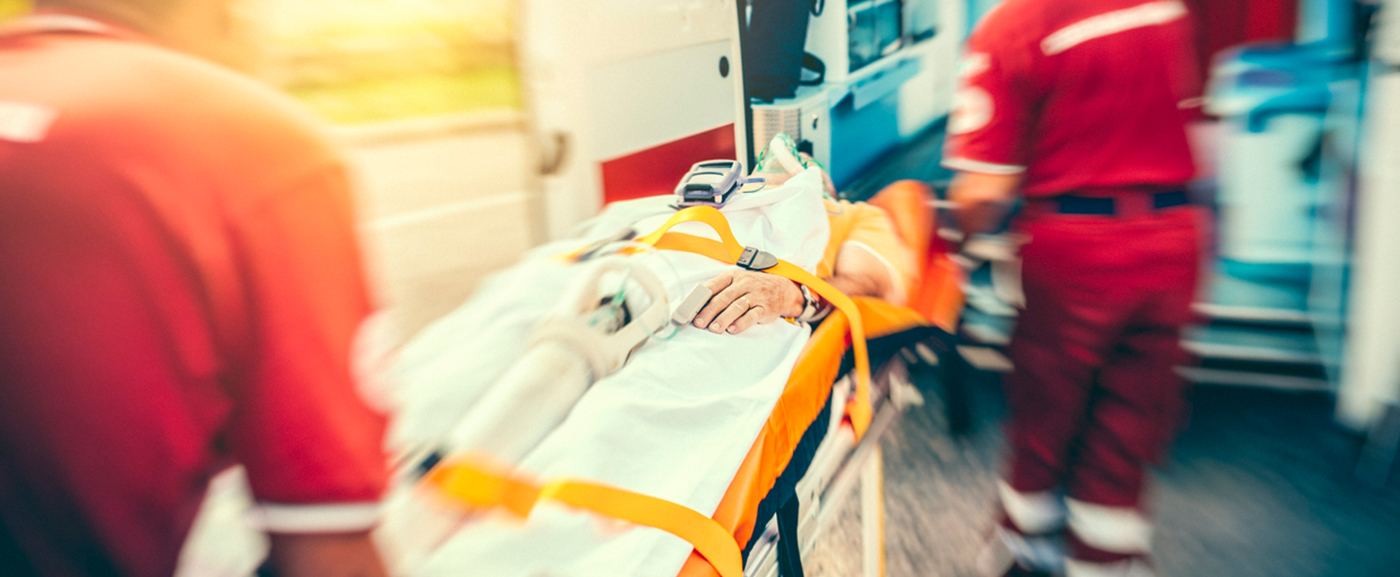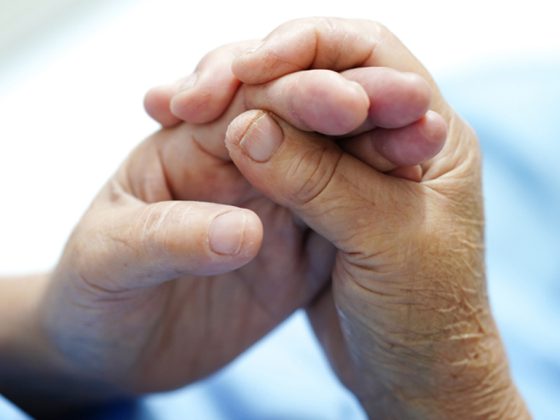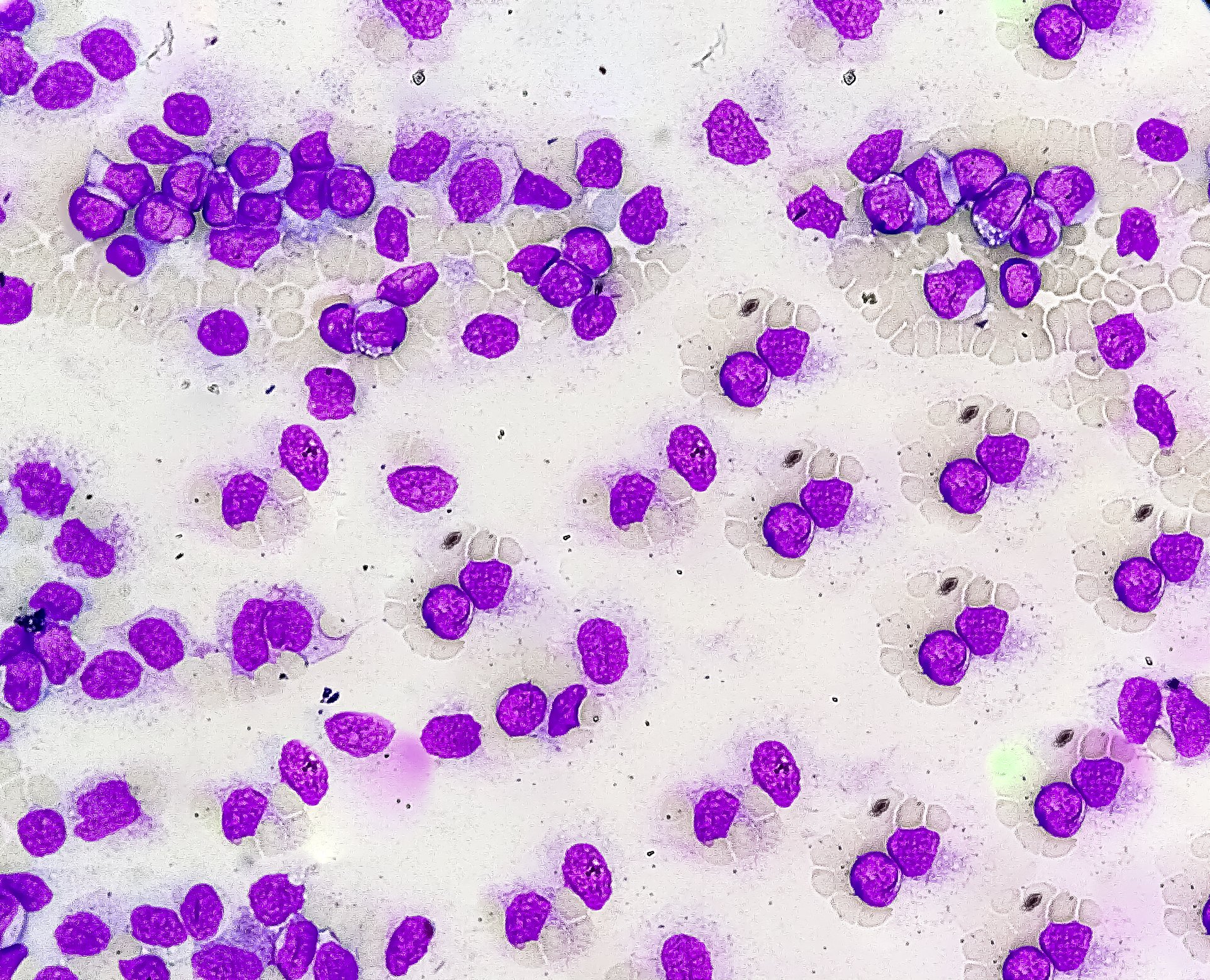Under the leadership of Prof. Dr. Florian Leuschner, Managing Senior Physician at the Department of Cardiology, Angiology and Pneumology at Heideberg University Hospital (UKHD), an international research team has begun its work. The researchers aim to investigate the interplay of inflammation and fibrosis after myocardial infarction in more detail and thus contribute to personalized treatment approaches.
Better understanding key components in the development of common heart diseases: Carefully regulated inflammatory and fibrosis processes are crucial for a good healing process after a heart attack. However, if there is an excess of inflammation or excessive storage of connective tissue structures – fibrosis – in the damaged heart tissue, this can cause the heart to change unfavorably after the infarction and become less efficient. “These two processes represent key components of the pathophysiology of the most common cardiac diseases. Currently, the cells and messengers that mediate these important pathological processes are not well defined. This is where we would like to start,” Leuschner said.
The researchers have set themselves four focal points: They want to better understand the interaction of inflammatory cells and fibroblasts and identify different groups of fibroblasts. With the help of positron emission tomography (PET), the team, in collaboration with Prof. Dr. Uwe Haberkorn, Medical Director of the Department of Nuclear Medicine at the UKHD, aims to image pathophysiological processes after a heart attack better and more gently for the patient, using, among other things, radiopharmaceuticals developed in nuclear medicine at the UKHD for imaging activated fibroblasts (FAPIs). Finally, therapeutic approaches will also be addressed: “Fibrosis is also referred to as `cancer of the heart’ in expert circles due to its highly damaging effect,” says the cardiologist. Interestingly, scientists are therefore considering as a possible treatment the use of CAR-T cells, which until now have been known more as new players in oncology. In this process, the body’s own immune cells are modified in a genetic engineering procedure so that they can recognize and combat certain harmful cells – including an excess of fibroblasts.
Original publication:
F. Leuschner, M. Nahrendorf, Novel functions of macrophages in the heart: insights into electrical conduction, stress, and diastolic dysfunction, European Heart Journal, Volume 41, Issue 9, 1 March 2020, 989-994, doi.org/10.1093/eurheartj/ehz159.











